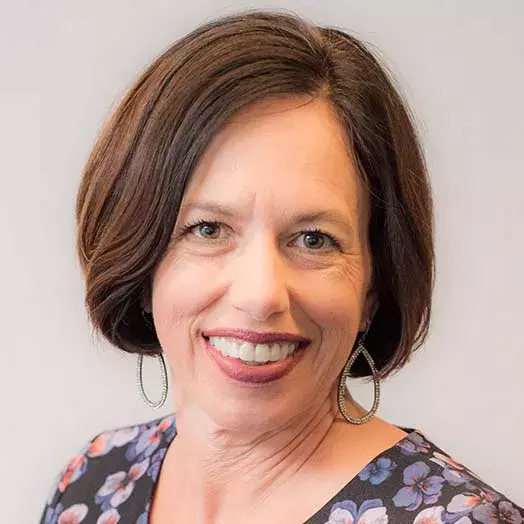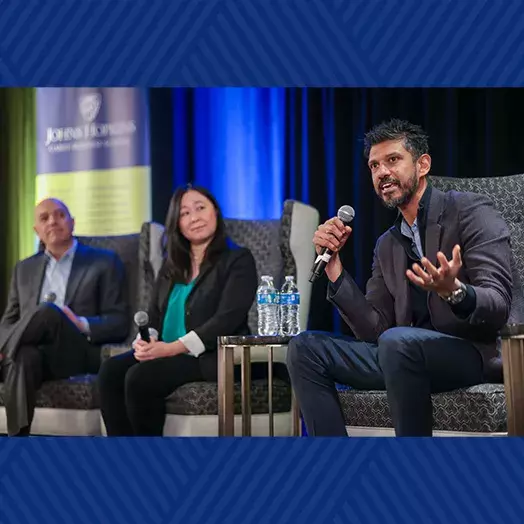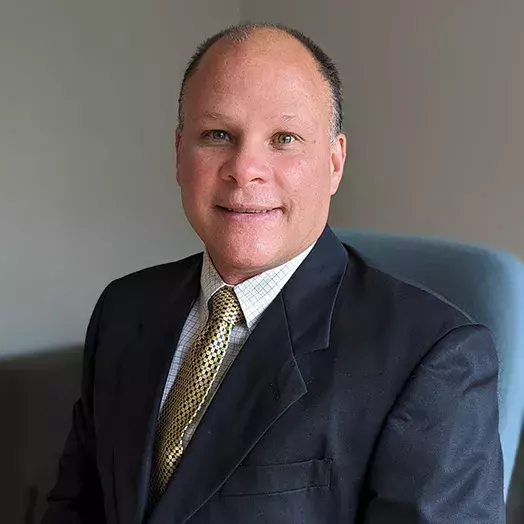
Alumna uses Executive Education to help transition from team member to team lead
Patricia Rohman (MBA ’12) knows what it takes to be a team player. But she also knows how to coach in the most important moments. And she praised the Johns Hopkins Carey Business School Executive Education program for assisting in her growth.
Prior to her role as National Director of Managed Market Liaison at Otsuka Pharmaceutical, Rohman had always been a team member within her organization. Now she leads, supports, and develops strategies for the managed market liaison team, consisting of seven members.
While transitioning into her current leadership role, Rohman began to create a strategy on how to lead and support but became stuck trying to find ways to develop a coaching style that would add value to the team.
As a Carey MBA alum, Rohman would periodically receive emails from additional Johns Hopkins programs. And an email from Johns Hopkins Carey Business School’s Executive Education came at the perfect time.
“Timing couldn’t have been more perfect. I had just transitioned into my leadership role and was creating a personal plan on how to maintain a team. While I was working on the plan, I received an email from Carey Business School on a specific executive education course,” Rohman said.
That course happened to be the Essentials of Leadership Coaching.
“I was attracted to the program because I wanted to prepare myself and find new methods to lead my team while simultaneously helping to identify their challenges and discuss focal points in both their job duties and professional growth. So I signed up,” Rohman said.
Embracing the coaching mentality
While sitting in the virtual Executive Education course, Rohman explained that the instructor discussed ways to be more intentional in meetings with team members.
Feeling inspired, the group broke for lunch, and she immediately called her team to set up one-on-one coaching sessions. These would differ from the normal meetings that discussed the logistics of each members responsibilities.
“There truly is a separation between leadership and management, and that realization was the ‘aha moment’ for me. Where I knew I needed to go further as a leader and listen to my team members and help guide them on specific opportunities or challenges in their professional careers,” Rohman said.
Rohman thanked the Executive Education course for giving her the fundamental knowledge to be a more empathetic and intentional leader.
Value in learning
The Essentials of Leadership Coaching course allows individuals to reflect, observe, and grow their skills.
“The true value of this course came from the ability to grow my coaching skills and simultaneously be coached by a professional. I left the course with more professional and personal knowledge on how to best guide my team,” Rohman said.
What to Read Next

online programs
Carey Executive Education Re-envisions Business Communication Curriculum for the COVID-EraOn a personal-growth level, creating a personalized plan and having structure is an important aspect of Rohman’s current responsibilities as a leader.
“I want to allow room for opportunity and open dialogue but also have structure to make sure everything is on track and discussed, that way we can capture on opportunities and not sit back and wait,” Rohman said.
This means having a set plan going into each one-on-one meeting. Being cognizant of each team member’s time and developing a strategy to move forward.
Rohman advises all leaders to partake in the executive education coaching course, raving about the benefits of productive relationships and structure.
“I can tell you one hundred percent I would not be in this position without my experience at Carey Business School.”


